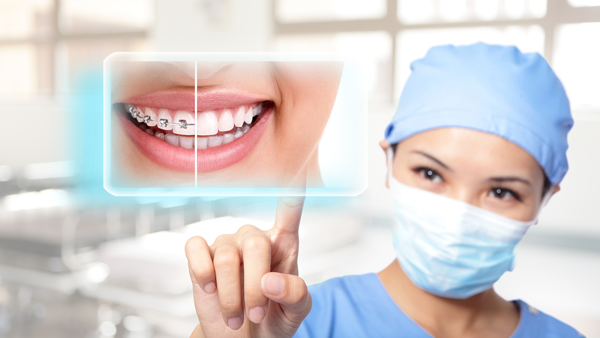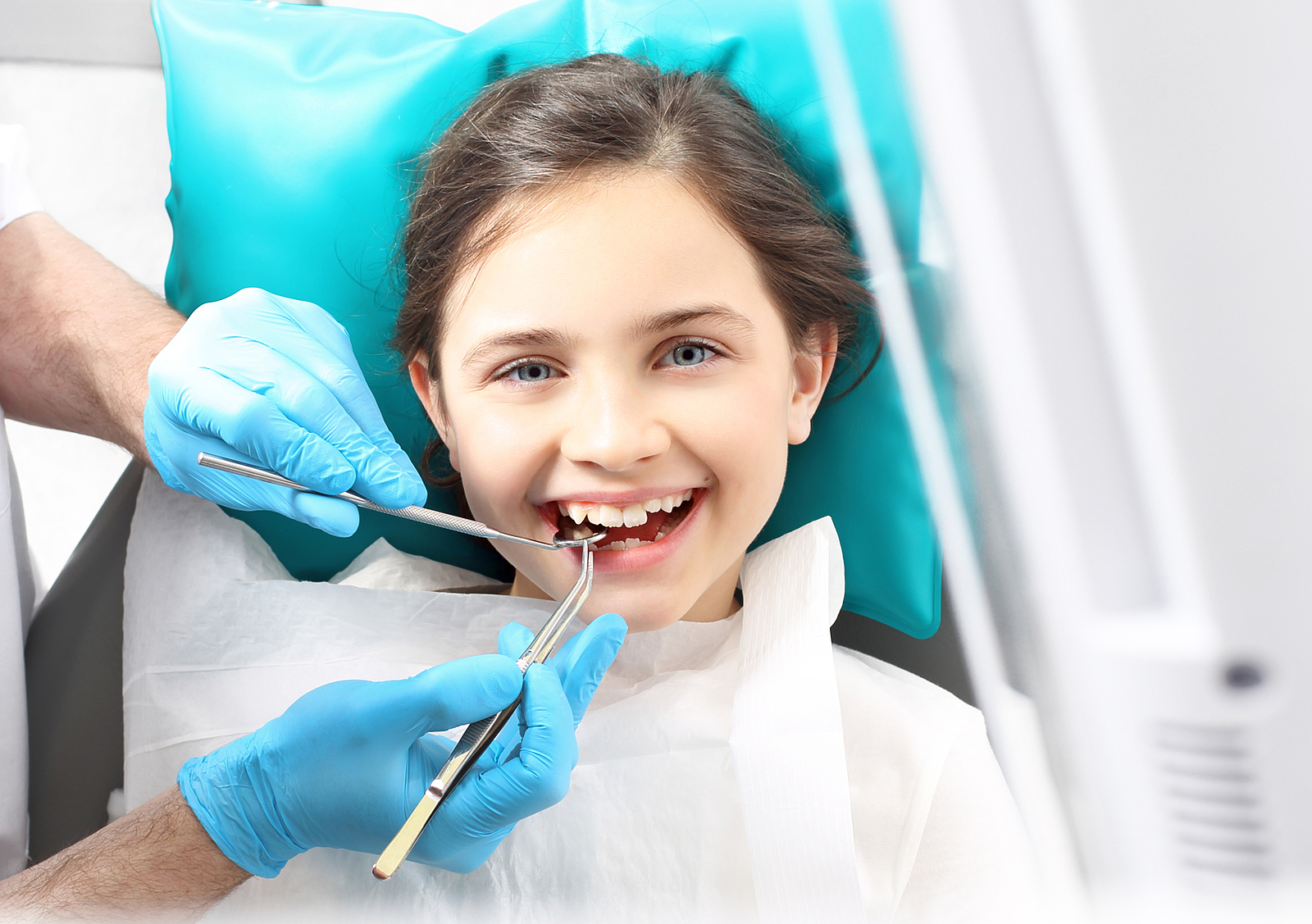See This Report on Legacy Orthodontics
See This Report on Legacy Orthodontics
Blog Article
The Ultimate Guide To Legacy Orthodontics
Table of ContentsThe 7-Second Trick For Legacy OrthodonticsThe Of Legacy OrthodonticsLegacy Orthodontics Fundamentals ExplainedExamine This Report on Legacy OrthodonticsWhat Does Legacy Orthodontics Mean?
In addition, we offer flexible therapy routines, adaptable settlement options and an enjoyable, delightful experience.An orthodontist is a dentist trained to detect, avoid, and treat teeth and jaw irregularities. They deal with existing problems and are trained to determine problems that may develop in the future. Orthodontists collaborate with individuals of all ages, from kids to adults. Individuals frequently link an excellent smile with excellent wellness.
Malocclusion, or misaligned teeth, can result in oral concerns, consisting of tooth degeneration, periodontal disease, and difficult or unpleasant chewing. But not everyone is birthed with straight teeth. If you have a bad bite or big areas in between your teeth, you might want to get in touch with a dental expert concentrating on orthodontic treatment.
All About Legacy Orthodontics
( Photo Debt: DigitalVision/Getty Images) Orthodontists utilize repaired and detachable dental tools, like braces, retainers, and bands, to change the position of teeth in your mouth. Orthodontic therapy is for oral abnormalities, including: Uneven teethBite issues, like an overbite or an underbiteCrowded teeth or teeth that are also much apartJaw misalignmentThe objective of orthodontic therapy is to boost your bite.
While you may assume of orthodontists as mainly for youngsters or teenagers who require dental braces, they can deal with oral issues at any kind of age. Orthodontists attend university, oral institution, and orthodontic institution.
, but not all dentists are orthodontists. They concentrate on 2 areas: Exactly how to effectively and safely relocate teeth Just how to correctly guide advancement in the teeth, jaw, and faceOnce an orthodontist has completed training, they have the alternative to come to be board certified.
Fascination About Legacy Orthodontics
Misalignment, or malocclusion, is one of the most common reason individuals see an orthodontist. It is hereditary and is the result of dimension distinctions in between the top and reduced jaw or in between the jaw and teeth. Malocclusion causes tooth congestion, a misshapen jaw, or irregular bite patterns. Malocclusion is typically treated with: Your orthodontist affixes metal, ceramic, or plastic square bonds to your teeth.
Some people need a headgear to help move teeth right into line with stress from outside the mouth. A retainer is a customized gadget that keeps your teeth in area.
They're frequently used on kids. They can create added room in the mouth without needing to draw teeth. If you have a severe underbite or overbite, you might require orthognathic surgery (likewise called orthodontic surgery) to lengthen or reduce your jaw. Orthodontists use cords, surgical screws, or plates to support your jaw bone.
You might require to see an orthodontist if you have: Crowding or not sufficient room for every one of your teethOverbite, when your upper teeth come your base teethUnderbite, when your base teeth are too far forwardSpacing or problems with gapsCrossbite, which is when your top teeth fit behind your base teeth when your mouth is closedOpen bite or an upright gap between your front base and upper teethMisplaced midline, when the facility of your bottom and upper teeth do not line up Correcting an oral malocclusion can: Make attacking, chewing, and speaking easierImprove the balance of our face and your general appearanceEase pain from temporomandibular joint problemsSeparate your teeth and make them simpler to cleanse, assisting prevent dental cavity or cavities It's commonly a dental professional who first notices misaligned teeth during a routine test.
Little Known Facts About Legacy Orthodontics.

During your very first orthodontic examination, you'll likely have: An oral examPhotos taken of your face and smileDental X-raysPanoramic (360 level) X-rays of your face and headImpressions to produce molds of your teethThese examinations will help your orthodontist know how to wage your therapy. braces. An orthodontist is a dental practitioner that's had training to treat your teeth and jaw
An orthodontist is concentrated on your bite, so something like a cracked tooth would certainly be taken care of by a dentist. Orthodontists are concentrated on your bite, or the way your teeth fit with each other, and the straightness of your teeth.
Ever asked yourself exactly how celebrities constantly appear to have flawlessly straightened teeth? The response usually hinges on the skilled hands of an orthodontist. However what precisely does an orthodontist do? Orthodontists are oral specialists that concentrate on remedying irregularities in the teeth and jaws. Their knowledge surpasses just producing a beautiful smile; it prolongs to improving your overall dental health and function.
Legacy Orthodontics Can Be Fun For Everyone

, orthodontists have a varied toolkit at their disposal. These tried-and-true braces make use of a system of braces bound to the teeth company website and attached by cables.
These removable trays are tailor-made to gradually move the teeth's placement. In cases of slim jaws, palatal expanders can be made use of to develop space for appropriate tooth positioning.
Report this page